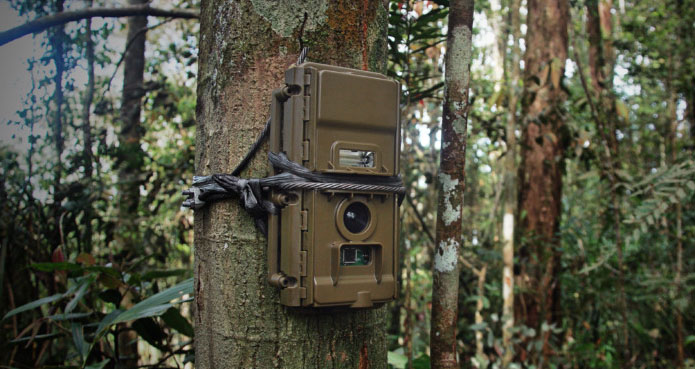Researchers have developed an Artificial Intelligence (AI) system that can automatically identify, count and describe wild animals using photographs collected by “camera traps”, also called motion-sensor cameras.
The findings, published in the journal Proceedings of the National Academy of Sciences (PNAS), showed that the AI system could automate animal identification for up to 99.3 per cent of images at an accuracy rate of 96.6 per cent which was similar to the rate achieved by crowdsourced teams of human volunteers.
“This technology lets us accurately, unobtrusively and inexpensively collect wildlife data, which could help catalyse the transformation of many fields of ecology, wildlife biology, zoology, conservation biology and animal behaviour into ‘big data’ sciences,” said Jeff Clune, Associate Professor at the University of Wyoming in the US and senior author of the paper.
“This will dramatically improve our ability to both study and conserve wildlife and precious ecosystems,” Clune said.
The AI technique used by the researchers is called deep learning. Deep neural networks are a form of computational intelligence loosely inspired by how animal brains see and understand the world.
They require vast amounts of training data to work well, and the data must be accurately labelled – for example, each image being correctly tagged with which species of animal is present, how many there are, among others.
This study obtained the necessary data from Snapshot Serengeti, a citizen science project, which has deployed a large number of “camera traps” (motion-sensor cameras) in Tanzania that collect millions of images of animals in their natural habitat, such as lions, leopards, cheetahs and elephants.
The information in these photographs is only useful once it has been converted into text and numbers.
For years, the best method for extracting such information was to ask crowdsourced teams of human volunteers to label each image manually.
The study harnessed 3.2 million labelled images produced in this manner by more than 50,000 human volunteers over several years.
The researchers believe that the new deep learning technology can save a lot of valuable volunteer time spent in labelling images.
“The deep learning algorithm is amazing and far surpassed my expectations. This is a game changer for wildlife ecology,” said Craig Packer from the University of Minnesota in the US. IANS
